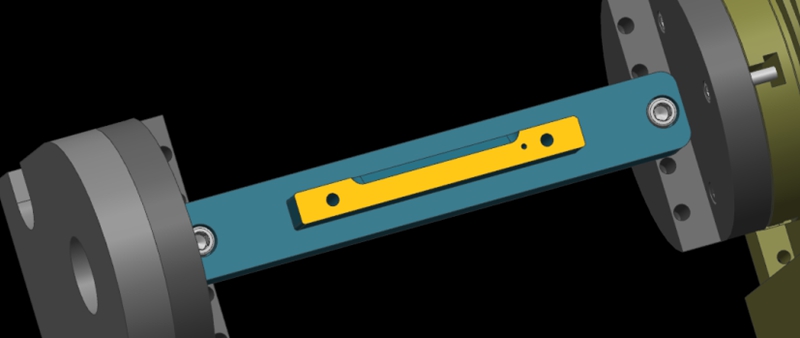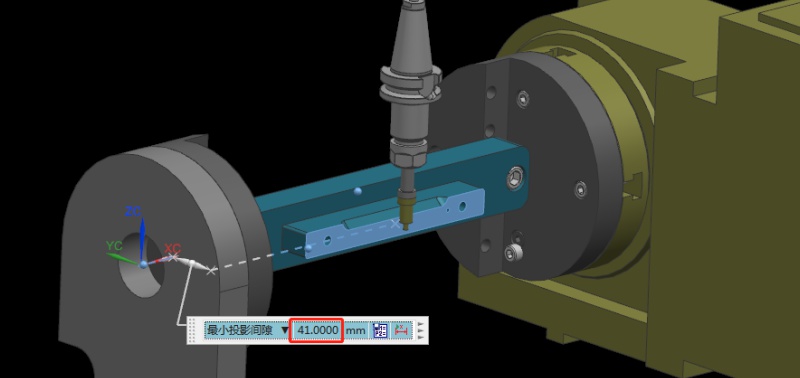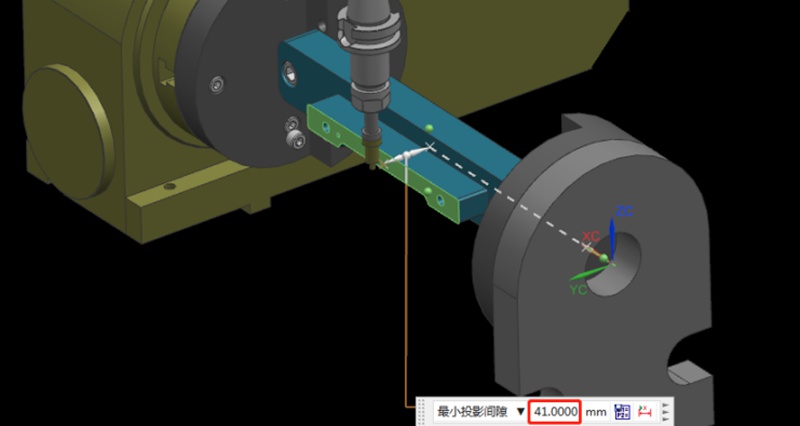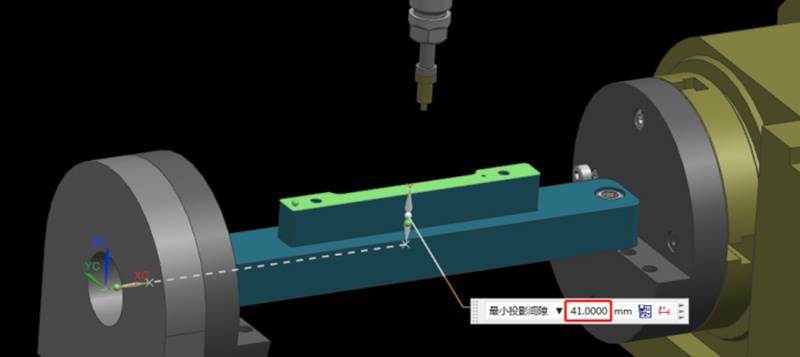Como determinar o centro de rotação do Rotary ao operar uma máquina CNC de 4 eixos?
Recomendações
Projeto de maquinagem CNC para fabrico: Guia técnico especializado
Efficient CNC design is key to balancing functionality, cost, and production efficiency. By following these guidelines, you can avoid common design challenges, improve manufacturability, and streamline the production process. From minimizing thin walls and deep cavities to setting reasonable tolerances, each recommendation in this solution helps simplify machining while ensuring quality. Let’s get to it!The depth of cavities and grooves is typically limited by the cutting tool diameter us...
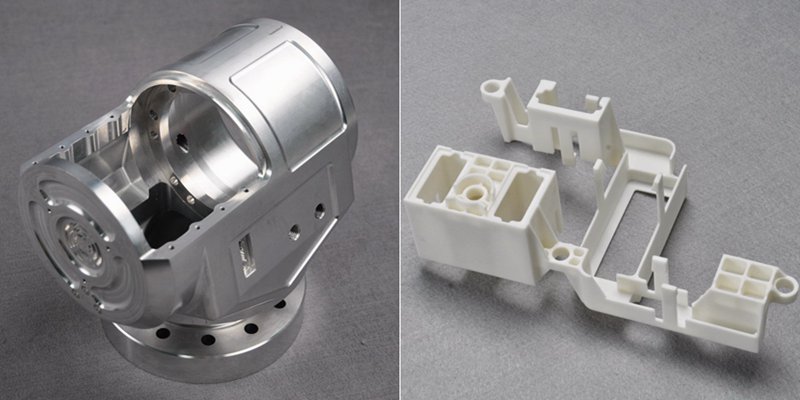
Press Fit Tolerance: Defination, Practices, And Calculation
The manufacturing industry is highly precision-centric, where even the slightest of margins can create huge differences in product quality, cost, and utility. This article discusses the topic of press fitting, where a few micrometers of deviation dictates the criterion for part failure. So, what is press fit and, the factors influencing press fit tolerancing, and present an example of a press fit calculator. We will also share some key tips to keep in mind while designing components for p...
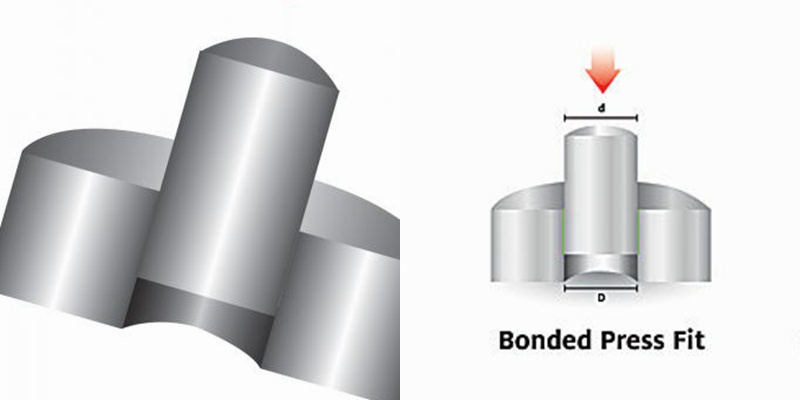
Causas e soluções para marcas de ferramentas na maquinagem de metais
Precision metal parts are often manufactured using various precision machining technologies, with CNC machining being a common method. Usually, precision parts typically demand high standards for both dimensions and appearance. Therefore, when using CNC machining metals such as aluminum and copper, the occurrence of tool marks and lines on the finished product’s surface is a concern. This article discusses the reasons that cause tool marks and lines during the machining of metal products....
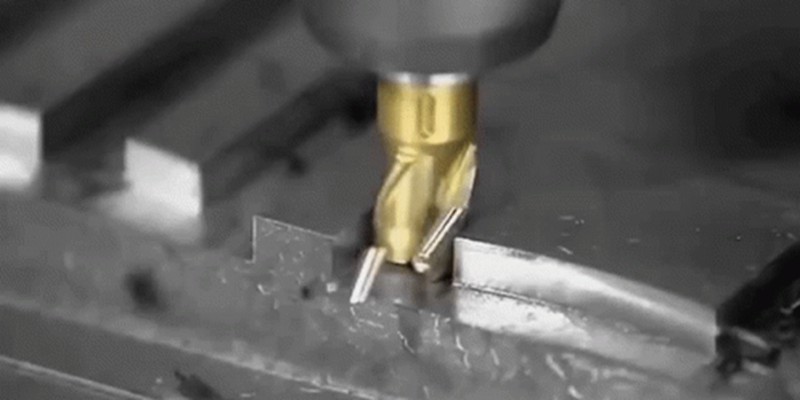
Como evitar a colisão de máquinas no processo de maquinagem?
A colisão de máquinas sempre foi um desafio inevitável na maquinação de protótipos e peças. Erros do operador, como não efetuar as definições da ferramenta, podem levar a colisões. Isto resultará em ferramentas partidas, peças de trabalho sucateadas e reordenação e reprocessamento de materiais. Para além disso, sem o configurador automático de ferramentas, a configuração manual de ferramentas ao introduzir um erro de dados de valor Z também pode causar colisões na máquina. Neste artigo, partilharemos as nossas experiências resumidas para o ajudar a evitar este problema. Antes de...

 ShenZhen Washxing Technology Co.,Ltd
ShenZhen Washxing Technology Co.,Ltd